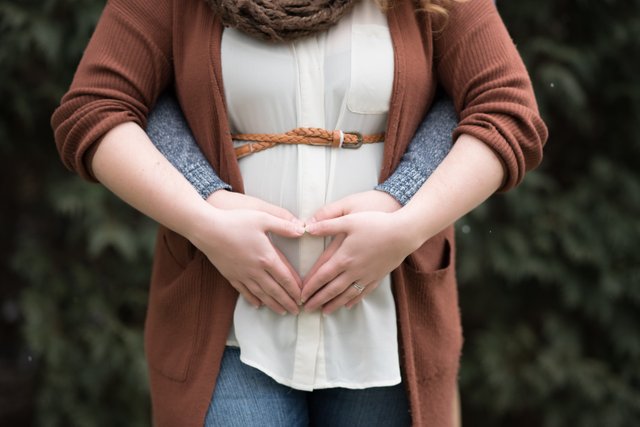
Endometriosis is quite a common gynecological disease linked to abnormal endometrial outgrowths in places it wasn’t supposed to be. The localization of these outgrowths may vary. Among other problems related to endometriosis, difficulties with conception are the one that really worries women who have this disorder.
Symptoms of Endometriosis
The exact cause of endometriosis hasn’t been discovered yet. However, such factors as genetic issues, hormonal background, and fermentative disorders play a role in the development of this disorder. The typical symptoms of endometriosis are as follows:
Influence of Endometriosis over the Reproductive Function
A reproductive function of women with endometriosis depends much on the size and localization of the abnormal endometrial outgrowth. There are many other correlations between endometriosis and infertility.
A comprehensive treatment is required to cope with all these factors. Sometimes, the disease makes natural conception impossible. Can an extracorporeal fertilization be the option for such cases?
Endometriosis and In Vitro Fertilization
Before trying this method, the conservative treatment of endometriosis is required. If the disease hasn’t managed to develop much, the function of fertility can be restored with the help of hormonal therapy. If the fertility treatment gave no result within one year, an extracorporeal fertilization can become an option.
If the patient is older than 35, she can go for it. In some cases, surgical treatment is appointed to remove the outgrowths. If pregnancy doesn’t happen in a couple of months after the recovery period, a patient can try in vitro.
What Are the Chances?
In the case with endometriosis, a patient needs luteal phase support to prevent miscarriage. The success of in vitro attempts depends on multiple factors of endometriosis patient. These are:
All of these must be taken into account while doing prognoses. The standard scheme of the procedure allows gaining a positive result. Consult your endometriosis specialist for more information about in vitro options.